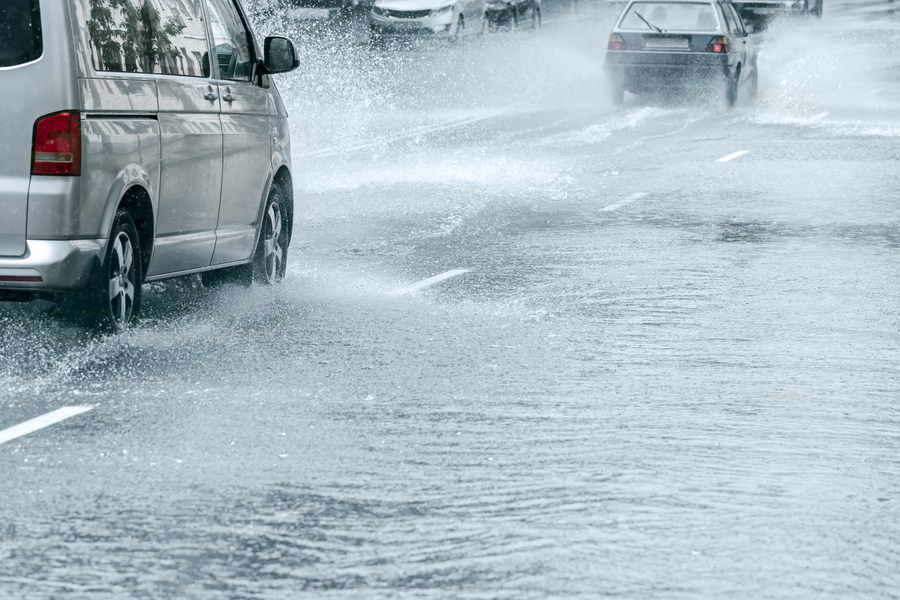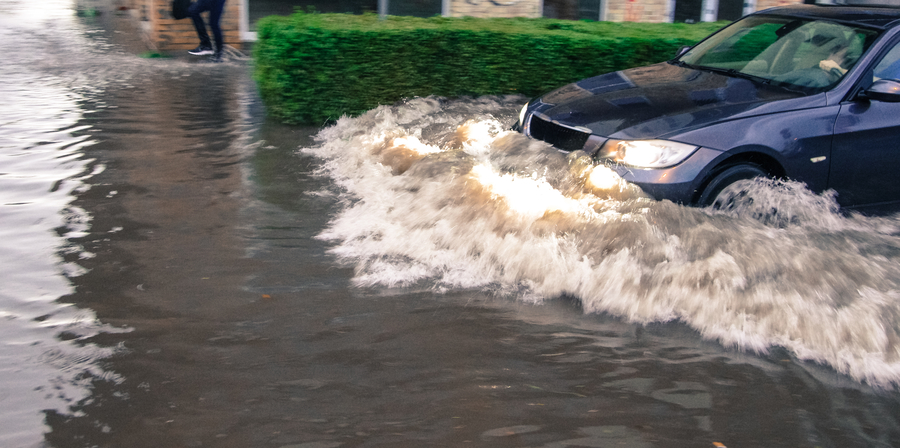I WANT
RELATED LINKS
I WANT
RELATED LINKS
RELATES LINKS
I WANT
RELATES LINKS
Services
Related Links

คำค้นหาที่แนะนำ
ผลการค้นหา "{{keyword}}" ไม่ปรากฎแต่อย่างใด
ข้อแนะนำในการค้นหา
- ตรวจสอบความถูกต้องของข้อความ
- ตรวจสอบภาษาที่ใช้ในการพิมพ์
- เปลี่ยนคำใหม่ กรณีไม่พบผลการค้นหา
Use and Management of Cookies
We use cookies and other similar technologies on our website to enhance your browsing experience. For more information, please visit our Cookies Notice.
- Personal Banking
- Stories & Tips
- Home & Car
- Safety Driving Through Flood Water
- Personal Banking
- ...
- Safety Driving Through Flood Water
Safety Driving Through Flood Water
27-05-2020
In the rainy season, flash floods usually occur when heavy rainfall exceeds the ability to drain from the roads. In case you need to drive through the flood water, how to drive safely and prevent the stopped engine during traveling? Here are some tips.

Check the water level
If heavy rain occurs while you are driving and the roadways start to fill with water, the first thing to consider is the water depth. The safe water depth is less than 30 centimeters. It can be estimated by comparing the water level with the footpath height. Normally the footpath height is around 10 - 20 centimeters. If the water level is higher than the footpath, it is recommended to avoid that way. Otherwise, you can compare the height of the water to the tire. It is okay to continue driving with the water level below half of the tire height. Nevertheless, a water level that is as high as the door level is too dangerous to drive because the water may get in and cause a short-circuit and the engine could be stopped.
Choose the higher-level lane
Avoid a higher water level lane and change to another lower one. This will reduce the risks of water getting into the engine
Drive slowly
If it is necessary to drive through the flood, drive slowly because fast driving may cause uncontrollable driving. Drive slowly and steadily less than 1,500 - 2,000 rpm. It is suggested to drive with the second gear for manual cars and the L gear for automatic cars.

Turn off the air-conditioner
Turn off the air-conditioner to reduce the possibility of splashing water in the engine because the air-conditioner fan will induce the water into the engine and may cause the engine to knockdown. Also, avoid the floating garbage that may stick with the cooling engine fan.
Drive more slowly in the two-way traffic
The water level caused by each car will create a higher wave that may get in the engine and electrical system
Keep 2 - 3 times of safe distance
The efficacy of braking cloth is lower when driving through the flood and causes the unstoppable car. The safe distance is around 2 - 3 times of the normal one.

Do not immediately stop the engine when you arrive at the destination
Idle parking for a while to let the water evaporate from the exhaust system
Repeat your brakes or clutch to let the water out
For automatic cars, repeat your brakes to let the water out of the system. For manual cars, repeat your clutches to prevent a slipper clutch
Do not restart the engine if it is stopped
Find help or get the car out of the high-water level area. The water level should not be higher than a half tire level. If you restart the engine in the high-water level area, the water may get in the engine and electrical system and cause more damage.
These will get you safe for driving through the flood and reduce the risk of a stopped engine. The most important thing is any abnormality that occurs afterward whether at the engine, or electrical or brakes system, you should contact and have the car check any service center for your own safety.